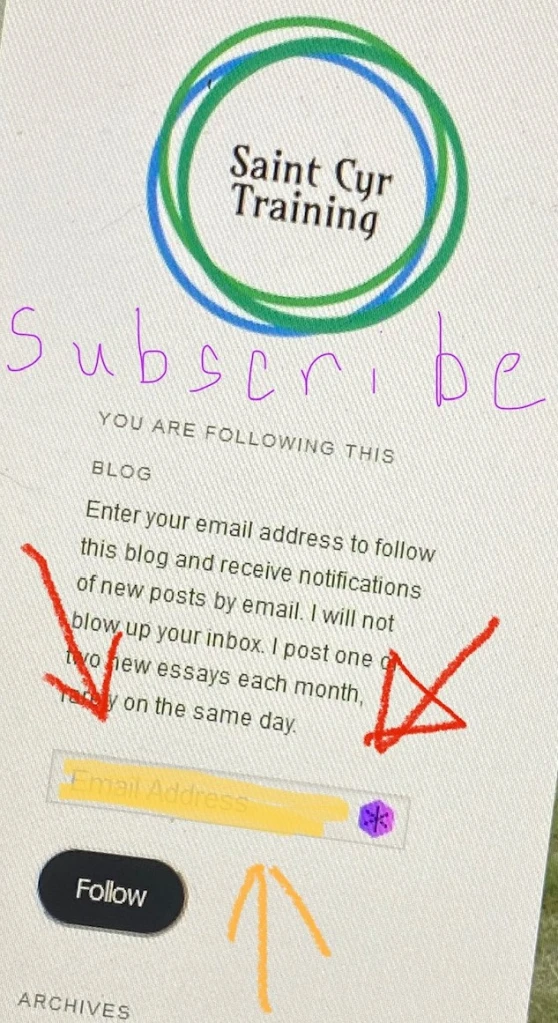
-Photo by Rodolfo Quiru00f3s on Pexels.com
Developing trust is the cornerstone of success. Interactions with others become easier when they know they can trust you. We all know when we trust someone else. We think we know what builds trust with others. When asked, however, few people can easily define trust. After some reading and reflecting, I define trust as: a choice to risk something you value to the actions of another based on your belief in their character. In this series, you were introduced to four areas, like the sides of a form for concrete, that helps you build trust with others. Communication was the first side we discussed. People often mistake talking for communication. The next topic was proficiency because when you show you have the ability to accomplish things, others trust you will eventually. Respect and kindness establish credibility with others. Finally, responsibility shows others you will actually do what you say you will do, and care for the things they value. As you work to improve your credibility in each of these areas, others will come to trust you more.
Communication seems simple; it is not. We communicate in many ways with others. Even though electronic communication (like you reading this blog post or any of the comments), seems to dominate modern life, it is not a substitute for face-to-face interactions. When two people interact, there are many levels of communication. Beyond the words spoken, people see and attempt to understand the posture of the speaker, facial expressions, actions with the hands, the tone and speed of the voice. All of these things are part of the communicative experience that is often missing in social media posts. Communication is more than just the words selected, but the words selected are important. In the end, communication often boils down more to how you make the other person feel, rather than the actual message. There are examples of smooth talkers who led hundreds to voluntarily and happily take their lives. Surely there must be ways we can convince others to be happy about cleaning a toilet. We get better at communicating with others by actually attempting to communication with them and seeking feedback. So get out there and talk to another live human being!
Being proficient demonstrates your trustworthiness by showing others you not only know what to do, but you have developed the skills to complete those tasks. Think about when you started your new job. It really did not matter what skills you brought to the job. There were new things for you to learn. It does not matter whether your new job is with a new company or within an organization you currently work; your new job is not the same as your old job, and you have to learn new things. Learn quickly. You will make mistakes. The first step in learning from your mistakes is acknowledging them. Learning is demonstrated when the new mistakes you make are at higher levels of proficiency. While mistakes are expected, trust is built on the idea that a proficient person has systems in place to identify errors and correct them before they become problematic.

-Photo by Blaz Erzetic on Pexels.com
Respect is a demonstration of the value you place on another. When you act disrespectfully to others, they will not like you and they will not respect you. Most importantly, they will not trust you to guard what they value. This distrust causes friction that prevents you from successfully working with that person. It is rare for members of the military to be able to select the person who they will share a foxhole, a tactical vehicle, or a tent. There is no requirement to like another person for you to treat them respectfully. As a senior leader, I once had to deal with a problem of gun crews being split up on a transitional military base during an extended convoy. Several leaders approached me about a requirement for males and females to sleep in different tents. Those leaders expressed concerns that they would not be able to look out for each other. I knew that there were problems in some of the crews. They did not like each other. However, they were like a family that resenting someone else telling them they could not be together. Like bothers and sisters, they argued, but they were still family. Respect is the foundations of the trust that brings them together that way.
Finally, be responsible by doing what you say you will do. Others understand that sometimes things happen that prevent you from keeping promises. When you are rarely complete tasks as promised, you gain a reputation of being a failure. People will not trust you to do what you say you will do. If you find you arrive at someone’s house at 6:15 for dinner, and you were told to arrive at 6:00, and dinner is not served until 7:00, it means that the host does not trust you to arrive on time. They give you an earlier time, anticipating you will be late. Doing what you promise is the culmination of communicating well, being proficient, and acting respectfully. If you say you will do something a certain way, by a certain time, with particular materials, at a specified level of quality, then do it. Caring for the property of others is another way of being responsible. While you may not explicitly promise to care for your work computer, everyone expects you will. Doing what you say you will do is one of the fastest ways you can build trust with others. Make small promises and deliver bigger than the promise. Do this regularly, and others will know they can depend on you to deliver as promised.

-Photo by form PxHere
Over the last few posts, I covered ways an individual can develop trust. Trust is the cornerstone of success. You reduce friction with others when they know they can trust you. Trust is a choice to risk something you value to the actions of another based on your belief in their character. Four areas of building trust include communicating, developing proficiency, treating others respectfully, and being responsible. These four areas are like the four sides of a concrete form, allowing you build trust with others. As you work to improve your credibility in each of these areas, others will come to trust you more.
References
- Brooks, D. (2015). The road to character. Random House, New York, NY.
- Covey, S (1989). The 7 habits of highly effective people. Fireside. New York, NY.
- St. Cyr, C (2021). Trust: the cornerstone of leadership. Blog post. Retrieved from https://saintcyrtraining.com/2021/11/30/trust-the-cornerstone-of-leadership/ on 1/22/24
(c) 2024 Christopher St. Cyr



